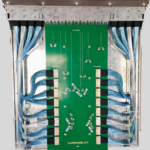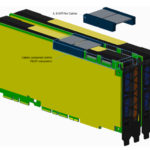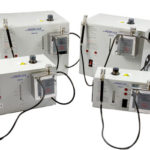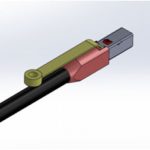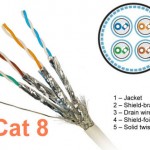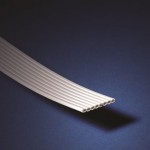A Fibre Channel (FC) storage area network (SAN) and Inter-Switch-Link (ISL) interfaces are an important part of modern data-center systems, including in hyperscale or enterprise ones. FC SAN is a high-speed network that connects servers and storage devices, and the Inter Switch-Link joins and maintains the traffic flow between switches and routers. A benefit to […]
How cable technology is evolving to meet high-performance networking
Persistent memory has become one key technology for the cloud as speed, efficiency, and volume at data centers advance. In high-performance computing, the cloud often requires data to be moved between multiple physical systems. Data may also be replicated for redundancy and protection, or it can be split across physical systems for performance. High-performance networking […]
How are high-speed copper wires terminated today?
In our last blog post, we discussed traditional methods of terminating high-speed copper wires. In today’s discussion, we’ll highlight how these processes have modernized in recent years, starting with hot bar solder reflowing. Hot Bar solder reflowing evolved for use through an upper and lower wide opposite bar machine that did simultaneous reflowing of twin-axial wire […]
What is the traditional process for high-speed copper wire termination?
Many electronic generations ago, during the 1970s, high-speed I/O copper connector popular types included coaxial BNC, pin-and-socket D-subminiature, and even a bit later the IDC Delta-ribbon varieties. Many cable assemblies were hand terminated by highly skilled manufacturing assemblers and technicians. In those days, accurate hand tools helped to generate a reasonable yield and rework level. […]
What is the newly released PCIe 3.1 External Cable specification about?
At this current week’s Intel Developers Forum, IDF 2016 in San Francisco, at the PCI-SIG booth, new PCIe 3.1 products and technologies are being announced and showcased. PCIe 3.1 is a new generation External Cable Link specification developed by the PCI-SIG association and is based on the MiniSAS HD, SNIA SFF-8644 connector and cable assembly […]
Where are network copper breakout cable assemblies and related connectors used?
Breakout cable assemblies are also called Fan-out, Hydra and Octopus cables depending on what market segment and application history is involved. The name Hydra is used by those in the enterprise infrastructure interconnect industry. Breakout is the term favored by many Cloud datacenter people. Fan-out has been mostly used by enterprise datacenter people and Octopus […]
What’s going on with the new RCx high speed IO passive copper cabling?
RCx, Rack Connect x(lane), is a new intra-rack passive copper short reach, 25 Gbps per lane cabling system that is being driven and supported by a group of next generation Cloud interconnect developers. The 25Gigabit Ethernet Consortium, Ethernet Alliance and soon, maybe other IO interface groups, are supporting RCx which connects ToR or MoR […]
What are the types of twisted pair cabling available today?
The use of balanced, four twisted pair, infrastructure high-speed I/O network system copper cabling, both new and old types, is in a major transition right now. CAT-5e 100 MHz unshielded, twisted pair cabling usage is in significant decline as does not support newer emerging applications and signaling technologies. It has been used for primarily 100 […]
How do you specify twin-axial, high-speed I/O cabling?
It is amazing that after five decades of copper twin-axial raw cable developments, shipments and diverse applications, there are several newly released raw cable products being used for several new generation I/O interface standard and custom cable assemblies. These cables are being used for both internal and external assemblies applications used within new consumer, […]

